Sound: 









Value: 









(Read about our ratings)
Measurements can be found by clicking this link.
I’m always skeptical when an audio company appropriates an unused but historic brand. In too many cases, the company simply slaps the brand onto whatever generic product it can scrounge up out of Shenzhen, with little effort at design or tuning. That’s why I was so surprised when I witnessed the rebirth of the KLH brand at the 2018 CEDIA Expo. The company’s new lines of speakers seemed innovative (for speakers, anyway) and well engineered. I was surprised again at CES 2019 when the company launched two headphone models -- one of them, the Ultimate Ones, clearly targeted at people stepping up from mass-market headphones. That’s a gutsy move for what’s really a completely new company.
KLH was founded in 1957 by famed audio pioneer Henry Kloss, with his partners Malcolm Low and Josef Anton Hofmann. The company created such iconic products as the Model Eight table radio and the Model Nine electrostatic speaker, but by the 1990s the brand had been nearly abandoned. Last year, former Klipsch exec David Kelley bought the brand and brought in a team of audio industry veterans to create entirely new product lines.
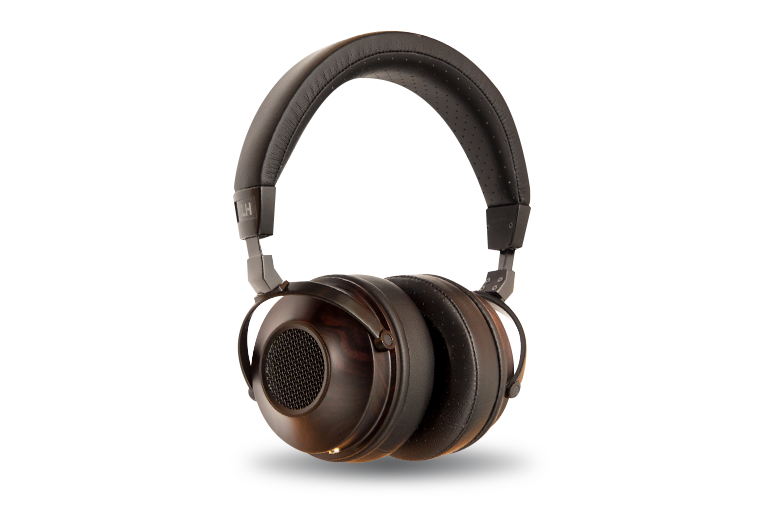
The Ultimate Ones are an open-back design with 50mm beryllium-diaphragm dynamic drivers. This pits them against mid-three-figures models from HiFiMan, Sennheiser, and Grado, all well-established brands among headphone enthusiasts. When I saw the Ultimate Ones at CES 2019, the company projected a price of $499.98 USD, but was able to get it down to $299.99 for the release on March 1.
The headphones’ design is conventional, but they’re certainly pretty. The earcups are machined from solid ebony, which KLH says is sustainably harvested. Real sheepskin covers the memory-foam earpads. The headband is also covered in what appears to be the same material, and the yokes for the earpieces are made from sturdy metal.
At this point in writing the review, I pulled the Ultimate Ones off my head to look at them, thinking, “What else can I write about?” There’s not much, because they’re a conventional design. But that’s OK -- it’s not like there’s been some awesome revolution in the form factors and technologies of passive headphones during the last three decades. And often, my comments five paragraphs down into a review are about headphones’ design idiosyncrasies, but these have none I can find. In the increasingly unhinged world of high-end audio, I consider that a blessing.
In the box
The Ultimate Ones include a slim, semi-hardshell travel case measuring 9.75" by 8.75" by 2.25". The 6.5' (2m) cable is tipped on each end with a 1/8" (3.5mm) stereo plug, which means it’ll be easy to replace if damaged. However, because there’s just a single 3.5mm input jack on the headphones, there’s no way to connect the Ultimate Ones to the balanced outputs found on many high-end headphone amps and portable music players. A 1/8" to 1/4" adapter is also included.
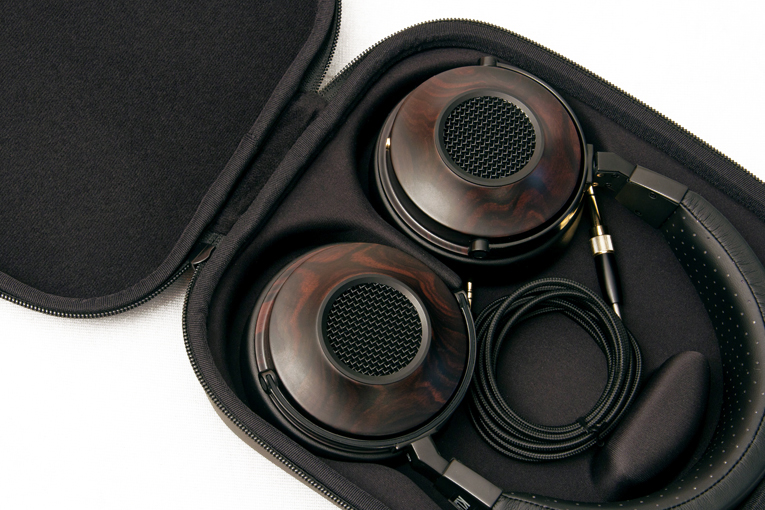
Use
Ergonomically, there’s not much anyone could object to with the Ultimate Ones. Their clamping force (the pressure the earpads put on your head) is moderate, the earpads are soft, and at 0.75 pounds (345g), they’re not particularly heavy. My Samsung smartphone drove them fairly easily, with no loss of dynamics or bass relative to what I heard using an iFi xDSD DAC-amp, although some conservatively mastered recordings required me to crank the Samsung up to full blast, which was just loud enough for me.
While they’re not intended for travel, the Ultimate Ones are compact enough that you can easily toss them into a suitcase for business trips -- although their open-back (or perhaps more accurately, semi-open-back) design makes them impractical for use on airplanes. Even the soft burble of coffee machines and background music at Starbucks was enough to intrude when I listened to jazz or classical tunes, although heavy rock tunes drowned out the noise.
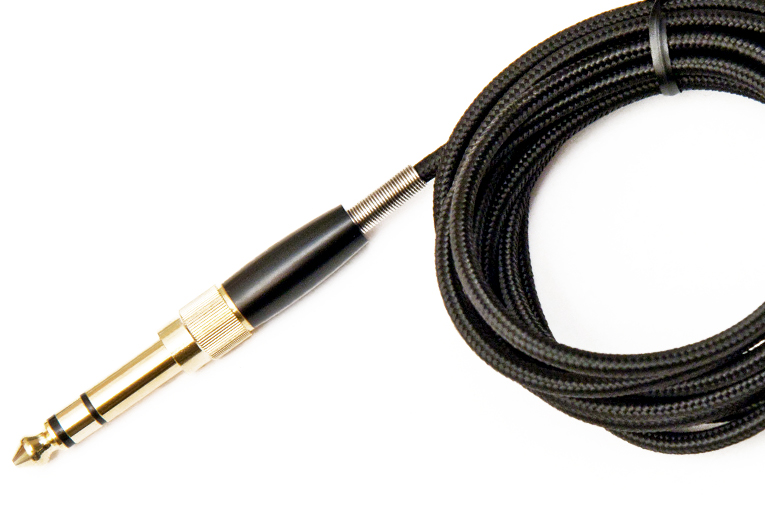
Sound
Although at $300, the Ultimate Ones are clearly intended for serious listening at home, they don’t have what I’d call an audiophile-oriented voicing. That’s no criticism -- as all six of my regular readers know, I find many headphones targeted at audiophiles have an unrealistic, and occasionally grating, tilt toward the treble.
To me, the Ultimate Ones have a response that sounds somewhat like that of headphones tuned to the so-called “Harman curve,” the response target that the scientists at Harman International derived through the most extensive headphone listening tests ever conducted. Simply put, that means they have a mildly elevated bass response, balanced by a mildly elevated treble response. The bass is prominent, but it doesn’t get as boomy as headphones with a relatively narrow resonant peak in the bass do. From the mids through the lower treble, the response sounds fairly flat, and there seems to be a little extra emphasis in the mid-treble, which makes instruments such as cymbals sizzle a little more.
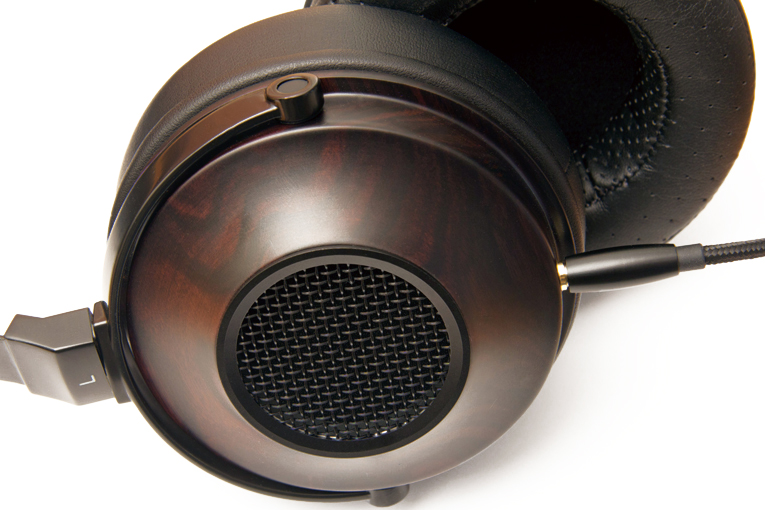
It was easy to hear this in “Waterfalls,” from Meshell Ndegeocello’s album Ventriloquism (320kbps Ogg Vorbis, Naïve Pop / Spotify). The tune, a cover of the 1995 hit by TLC, starts with drums that recall the explosive opening of Led Zeppelin’s recording of “When the Levee Breaks.” Heard through a more typical set of audiophile-targeted headphones, such as HiFiMan’s HE400i’s, these drums sound thin, no different from an ordinary kit recorded in an ordinary fashion. The Ultimate Ones also reproduced Ndegeocello’s voice with a smooth and clear character -- which is good because that’s how she sounds. There did seem to be a little extra emphasis in the treble, which brought out the acoustic guitar more and made it sound slightly twangy, but overall, the sound was full and easy to listen to.
“Lean on Me,” the title cut from jazz/R&B singer Jose James’s recent tribute to Bill Withers (320kbps Ogg Vorbis, Blue Note / Spotify), revealed the same tonal character in the Ultimate Ones. Again, the mids -- specifically, James’s voice and the mix of electric and acoustic pianos -- sounded very smooth. A little bit of extra mid-treble made the snare drum and acoustic guitar sound crisper, maybe slightly edgy. And again, the bass was prominent. The bottom end sounded the way it does if you turn up the bass control on a receiver by about 3dB. In other words, it was shelved up -- boosted in a broad band rather than in a narrow, resonant band -- so it sounded more prominent but not boomy or unnatural. You could even say it was like the band’s bass player turned his amp up a couple of notches, which of course would affect the overall sound of the band, but wouldn’t change the character of the bass or affect the sounds of the other instruments.
With the Replacements’ “Can’t Hardly Wait” (Pleased to Meet Me, 16-bit/44.1kHz WAV, Sire), the bass level seemed about right for the genre, giving the tune the propulsive drive I imagine the band wanted. Voices and guitars sounded natural, and again, that extra treble peak emphasized the cymbals and added a little extra sizzle on top of the smooth presentation.
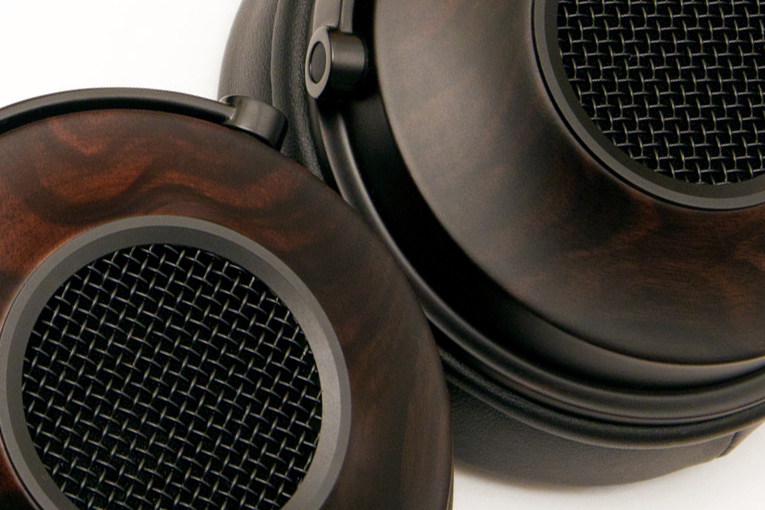
The second movement of György Ligeti’s Violin Concerto, “II. Aria-Hoquet-Chorale,” from Ligeti: Violin Concerto, Lontano, Atmospheres and San Francisco Polyphony (16/44.1 WAV, Ondine), featuring violinist Benjamin Schmid with the Finnish Radio Symphony Orchestra conducted by Hannu Lintu, sounded pretty and poignant through the Ultimate Ones, with nice detail and a wonderfully woody fullness in the solo violin opening. About two minutes in, the basses entered with a power and muscle that reminded me a little of the drums in Meshell Ndegeocello’s “Waterfalls” cover. When the pennywhistle and flute came in, about three minutes into the movement, it was easy to distinguish the two instruments tonally and by their positions on the soundstage. There are so many instruments jumping in and out of this piece that the Ultimate Ones’ mid-treble emphasis proved impossible to hear. I noted more detail and sense of space in the mids and treble with HiFiMan’s HE400i’s, but through those headphones, the basses didn’t have the ominous heft they had with the Ultimate Ones.
Comparison
As I listened to the Ultimate Ones, I kept thinking back to my review of the AudioQuest NightHawk headphones. The NightHawks have a much less prominent treble than most headphones, but in my direct comparisons of live music versus a recording heard through the headphones, I could see the point, and some listeners have embraced the NightHawks as the first headphones they could stand to listen to.
The Ultimate Ones don’t sound anywhere near as dark as the NightHawks, but they’re far less bright than most audiophile headphones. I didn’t have a chance to do the “live or Memorex?” comparison I did for the NightHawks, but I had something similar: a SoundCloud recording of my jazz group Tonic Trio playing “Mambo Influenciado,” made in an intimate but noisy little wine bar in Beverly Hills. It’s a crude recording made with a simple stereo microphone setup, but having been there, and playing with the group several times per month, I have a pretty good idea of what we sound like, so it proved to be a good reference for me.
I thought the NightHawks probably sounded closer to real with this recording than the Ultimate Ones did, but that doesn’t mean you’d like them better -- after all, the Harman research on preferred headphone response shows most listeners like that little bit of extra bass oomph that the Ultimate Ones deliver. In this case, I expect most people would prefer the Ultimate Ones, because their mild emphasis in the mid-treble brought out the flute without making it sound un-flutelike, and they gave the bass a gutsier, punchier sound -- more like my idol Sam Jones than my actual sound, I’m afraid. Through the HiFiMan HE400i headphones, my bass had way too much sound of the strings hitting the fingerboard, which made it sound like someone was playing a drum lightly in time with my bass.
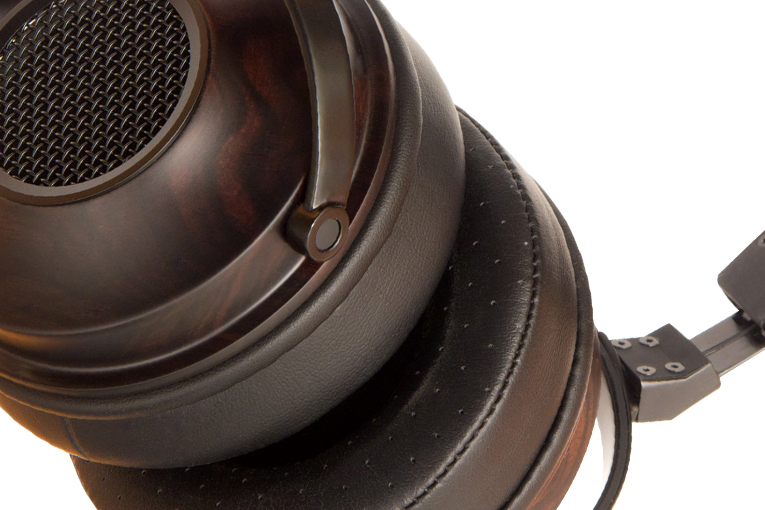
Our listening panelists also got to make the Ultimate One vs. NightHawk vs. HE400i comparison, using the music of their choice. As usual, they were John Higgins, who holds a master’s in music performance from USC and has served as a frequent contributor to Wirecutter and Sound & Vision, and LeRena Major, a Los Angeles saxophonist who’s held several positions in the music business and is a voting member of the National Academy of Recording Arts & Sciences.
John’s description of the sound mirrored mine. He liked the smoothness of the upper mids and treble, and while he noted the same little treble peak I did (particularly on male vocals), he didn’t mind it. The bass response was a bit too strong for him, though. LeRena liked the sound in general, and noted that even though the Ultimate Ones didn’t have the elevated treble of the HE400i’s (which tends to produce the impression of greater detail), she could easily hear all the different elements in the mixes of all the lavishly produced pop tunes she played. She did, however, feel that the Ultimate Ones “sounded a little less intimate” than the AudioQuest and HiFiMan models, probably because of their added dollop of bass.
Conclusion
The Ultimate Ones are unusual headphones in that they’re designed for serious listening, but they have a full and satisfying tonal balance that’s more like what you’d hear in the best mainstream headphones, with a strong, broad peak in the bass balanced by a little bit of emphasis in the mid-treble. They also offer ergonomics and build quality that are a step up from most competitors in this price range. For audiophiles who want the treble and upper mids pushed way up in the mix so they can hear all the little details, the Ultimate Ones will likely sound too bassy. For more mainstream listeners looking to step up from mass-market headphones, or audiophiles who don’t like a treble-heavy sound, the Ultimate Ones will probably sound just right.
. . . Brent Butterworth
Associated Equipment
- DAC-headphone amp -- iFi Audio xDSD
- Headphone amps -- iFi Audio xCAN, Musical Fidelity V-CAN
- Smartphone -- Samsung Galaxy S9
KLH Ultimate One Headphones
Price: $299.99 USD.
Warranty: Two years, full replacement.
KLH Audio
984 Logan St. #301
Noblesville, IN 46060
Phone: (833) 554-8326
Website: www.klhaudio.com







